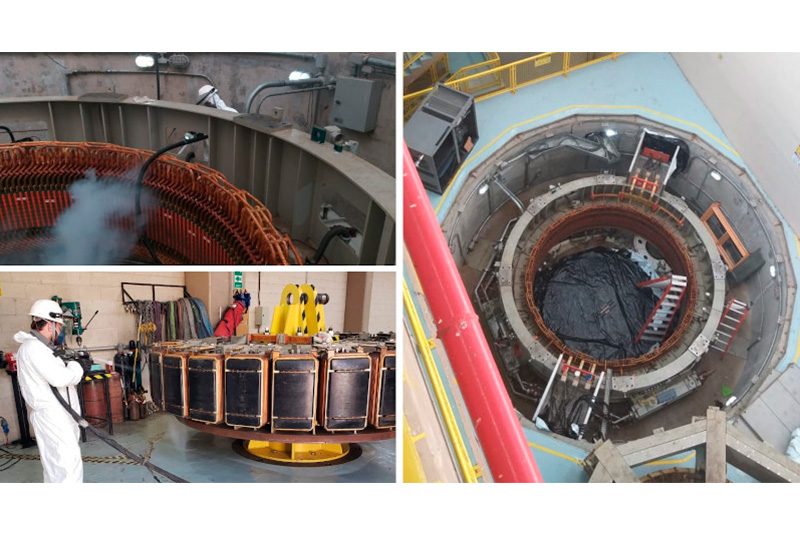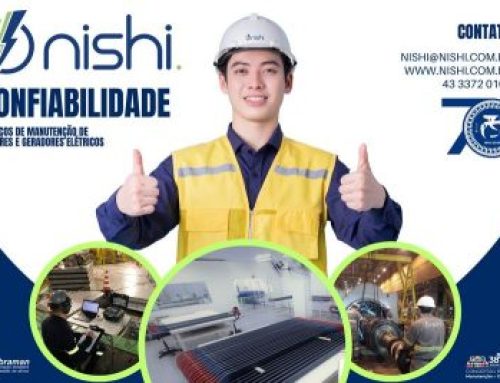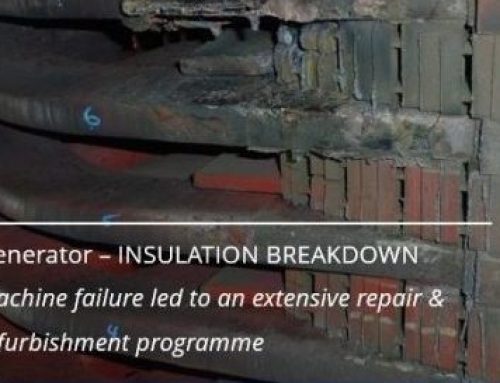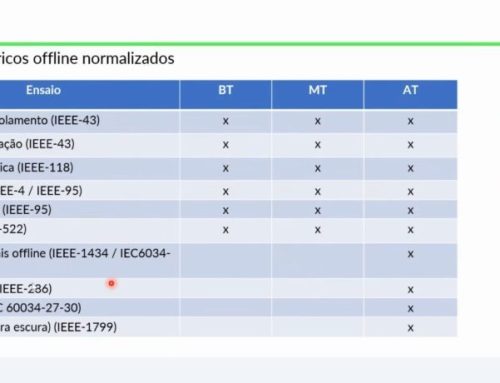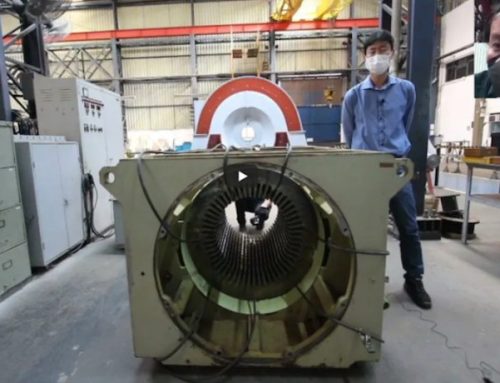Today’s NISHISAN tip address the topic “CO2 APPLICATION FOR CLEANING THE WINDING ON ROTATING MACHINES”, where we present the principle of the method and the care in its application. Read the tip and watch the demonstration, and if you have any questions contact our team.
Moisture and dirt on stator or rotor windings decrease the insulation resistance by reducing surface resistivity. Operating a machine under these conditions can accelerate the aging of the insulator and even lead to equipment burnout.
A cleaning technique used in the market, besides the traditional one with electric solvent, is the application of CO2 in the insulation system. This cleaning consists of blasting CO2 in the solid state, by means of appropriate equipment, where kinetic energy, thermal shock, and thermo kinetic energy (sublimation effect) must be controlled to remove the dirt without affecting the insulating material. The knowledge of the insulating material is fundamental to determine the parameters of the application method and to avoid damage to the material to be cleaned.
The principle is based on throwing a jet of ice at high pressure and speed that, when it collides with the surface to be cleaned, causes two phenomena (a) cooling of the set dirt + substrate (base or surface to be cleaned), which by the temperature gradient, instantly causes cracks that become weak points in the mass of contaminants on the equipment to be cleaned; (b) in parallel, the ice molecules collide with the surface and their sublimation occurs (they pass from the solid state directly to the gaseous), with the molecules expanding their volume by approximately 800 times, instantly. In a colloquial way, we can say that millions of microbursts occur that cause the “dirty mass” to be pulled off the surface from the inside out, by detachment. Since the dirt or contaminant surface is not cohesive (it is “cracked” by instant cooling), the layer of material to be cleaned is removed with impressive efficiency.
This procedure should not be confused as a simple machine “washing” technique, but rather as a process of recovering the insulating system from dirt and moisture. The technician who operates the system is not a simple “washer”, but an electric machine specialist who knows the winding and the insulating system and evaluates its degradation stage, thus avoiding undesirable results. We also caution that the types of soiling are crucial to the effectiveness of the result and also to the choice of intervention method – traditional solvent or dry ice.




